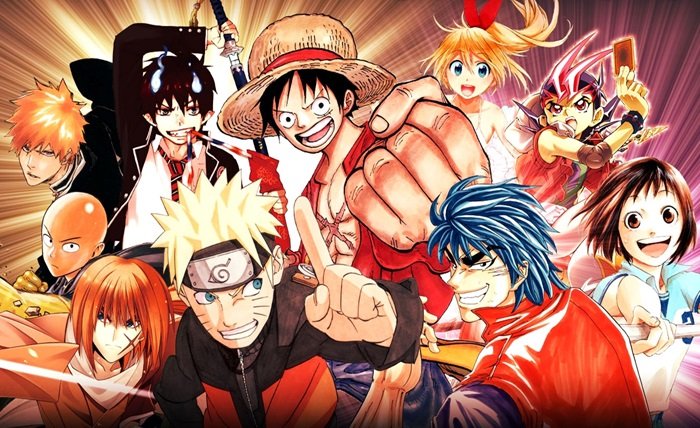Manga are Japanese comics or graphic novels that have been part of Japanese culture since the 19th century. Initially influenced by the West, manga developed its own unique storytelling style featuring a wide range of genres. In Japan, people of all ages and genders enjoy manga for its captivating stories and vibrant artwork. Take a quick break and check out https://www.masonslots.com for the latest casino games online.
Global Appeal and Cultural Influence
In recent decades, manga has gained huge popularity beyond Japan. People worldwide enjoy its thrilling stories and vibrant artwork. Manga covers action, romance, fantasy, and deep thoughts, appealing to many people. It’s so popular worldwide that manga often gets turned into cartoons, called anime. This makes Japanese manga easier for everyone to read and enjoy.
The Art of Adaptation: From Page to Screen
Turning manga into animation is a careful process. Animators and directors work together to keep the heart of the original story while adjusting it to fit the animation’s visual style. They turn manga drawings into moving scenes, capturing characters, settings, and plot twists. This means shortening long storylines, making visuals more impressive, and adjusting cultural details so everyone can enjoy and understand the animation.
Cultural Bridges and Translation Challenges
Adapting manga for global audiences presents a significant challenge: balancing cultural authenticity with universal appeal. It involves translating not just words, but also cultural nuances, humor, and societal norms embedded in the stories. This process requires careful consideration to ensure that international viewers can appreciate and relate to the themes presented in the manga.
Language plays a crucial role in maintaining the essence of the original work. Translators must navigate linguistic nuances to convey the intended emotions and meanings accurately. This makes sure that the characters act and talk like the author intended, so readers from different cultures can really connect with the story and ideas in the manga. It’s important to get this balance right to keep the manga true to its original form and make it enjoyable for people everywhere.
Successful Adaptations and Global Recognition
Adapting manga for global audiences is tricky: you need to preserve the original culture while making it understandable for everyone. This includes translating jokes, customs, and social rules in a way that makes sense across different countries. It also means adjusting how characters speak and act to stay true to their personalities and relationships from the original story.
Market Expansion and Economic Impact
Turning manga into anime has been huge for Japan’s anime industry. It’s boosted the economy and made a big cultural impact worldwide. Anime shows that do well don’t just sell lots of merchandise—they also get lucrative deals to use their characters. Plus, popular anime series bring fans to visit real places shown in the shows, which helps tourism. This proves that manga and anime adaptations aren’t just for fun; they’re also big business that spreads Japanese culture and makes a lot of money.
Anime’s worldwide popularity has boosted Japan’s influence globally. With its diverse stories and imaginative settings, anime has gathered fans worldwide who appreciate Japanese creativity. This cultural impact helps Japan shape global media and foster cultural exchanges. As anime continues to captivate audiences, it plays a crucial role in promoting Japan’s culture and economy on the global stage.
Diverse Genres and Subgenres
Manga can tell all sorts of stories, which makes it popular worldwide. Whether it’s everyday life, sports, supernatural mysteries, or giant robot battles, there’s a manga for everyone. When these stories are turned into animated shows, they become even more exciting, with vibrant visuals and detailed worlds that appeal to people everywhere, no matter their background or where they live.
Challenges in Adaptation and Creative Liberties
Turning manga into animation means keeping the core story intact, but creators often adjust things to fit the screen better. Directors and animators might speed up the story, change how characters appear, or tweak the plot to keep viewers engaged. Finding this balance while preserving the manga’s essence is key to a successful adaptation.
Future Trends and Innovations
In the future, turning manga into anime will keep changing as technology gets better and what audiences like shifts. Using CGI and virtual reality in anime will make the art look even better and tell stories that feel more real. Also, collaborations between studios worldwide and Japanese manga artists are opening up chances for new ideas and ways of storytelling that blend different cultures













